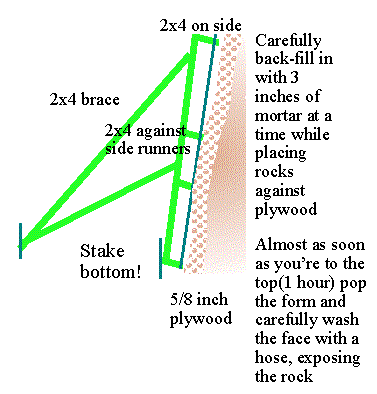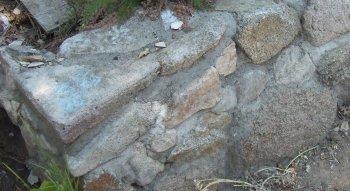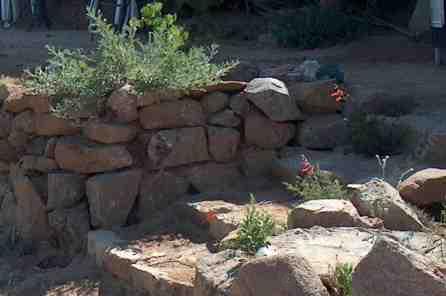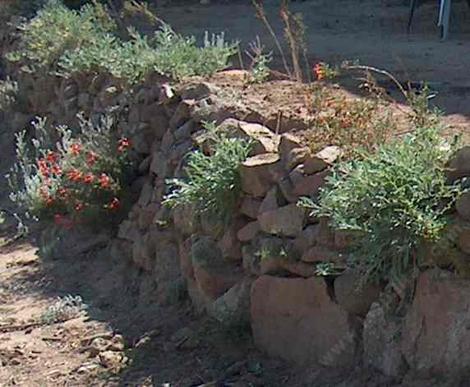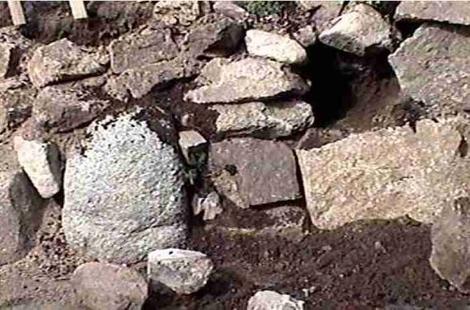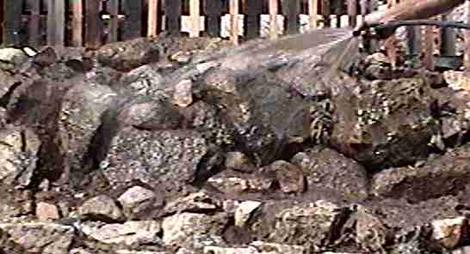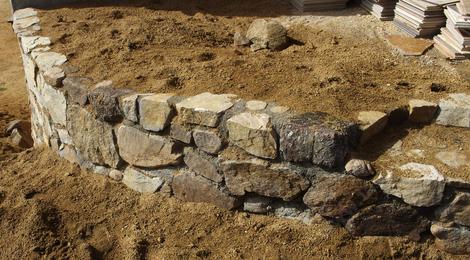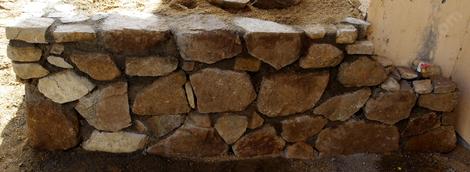How to build a retaining wall. An easy rock wall or a rock garden?
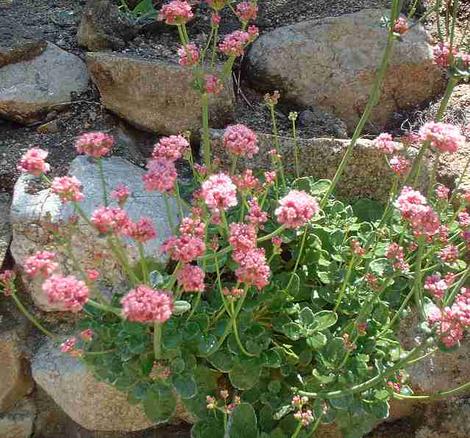
Here's the basic construction methods of a cheap retaining wall.

We're lucky and have gravelly, sandy decomposed granite that makes a decent mix.
1 Part Portland cement, 5 parts sandy gravel can be used and back fill and mortar. Don't expect it to make a engineered wall. It will be a ok wall, some here were done 100 years ago, and they are still here.
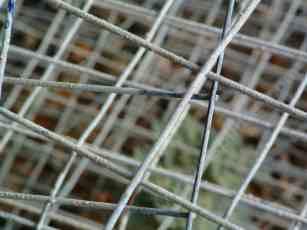
Here are some examples of Rock walls and Retaining walls
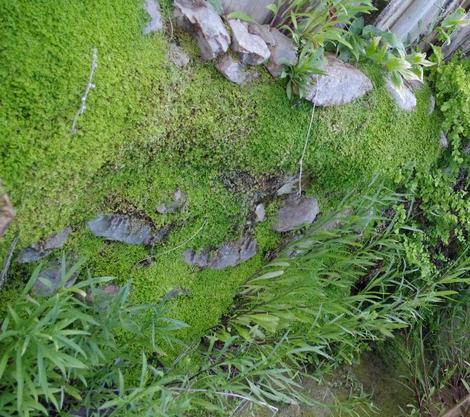
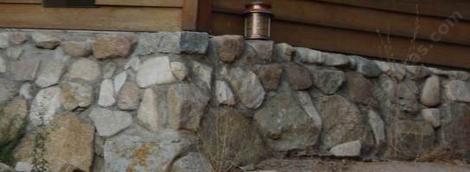
If you're old, of small build, or fat and lazy, take longer and build a smaller wall. If you've got some big and strong help(for teenagers turn the TV, phone and computers off until the wall is done) build a wall with bigger rocks. Use tools! A little leverage goes a long way. And remember the big rocks go on the bottom so in most cases you don't have to lift them just roll them. Don't hurt your back. The wall does not need to be perfect! It's ok if it leans back here and there, the rocks look funny, not uniform, of different sizes and colors.
Dry stack rock walls
Dry walls have a few loose rules.
Don't make them very high, 2 feet is good, 4 feet you need to be good. The better the rocks fit together, the wider the rocks, the more the wall is planted, the more stable the wall will be. Big rocks go on the bottom! Slope the wall in a little as it gets taller, 1-2 inches per foot of height is the minimum. A 4 foot wall made of round 4 inch rocks is a bad joke. If those are the rocks you have, buy some sheets of plywood, build a simple but strong form to support same and make a concrete 'rock' wall.
Dry stacks follow the same rules as a wired wall, but you are using clay instead of cement, and the wire only kinda works. If you're retaining wall isn't really retaining anything important, just making life easier, maybe you should build a series of smaller dry rock walls(no mortar or concrete) and have fun planting yourself a rock garden in each one.
Dry walls can be made of broken concrete, old tires(makes a great retaining wall to protect the 1964 Chevy pickup on blocks, behind the chicken coop) , logs(don't last long), concrete block (what's the point?), rocks, railroad ties (see logs) and almost anything else you can stack.
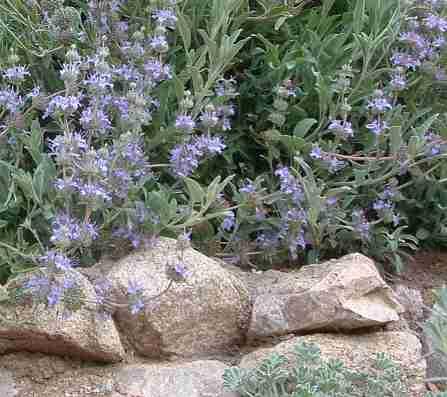
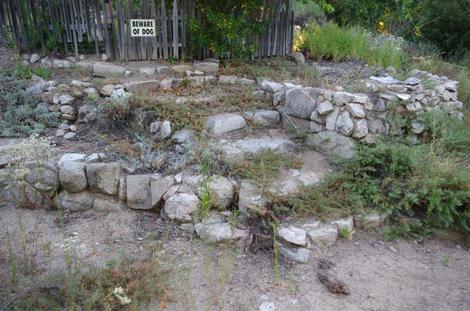
The walls to the left are dry stack, the rest are mortared.
Build your wall around the plants. Figure out what kind of wall you want, plan it out on paper and in your head, then plan where in the wall you'll plant the plants. Don't make it into a stress session. This is suppose to be fun!
That's what's great about rock walls, they're very forgiving. Particularly if you plant them. I mentioned plants before, here's a few that occur naturally in rocky road cuts, rock outcroppings, and rocky knolls. Penstemon heterophyllus , Artemisia californica , Diplacus species , Dudleya , and Zauschneria like full sun. Ferns , Fragaria(strawberry) , Heuchera , Fringe Cups , and Columbines like moist shade.
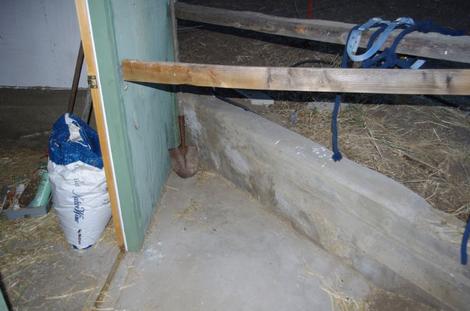

To see more how to build stuff go to our How to build garden stuff
To see more More rock walls and garden walls.


